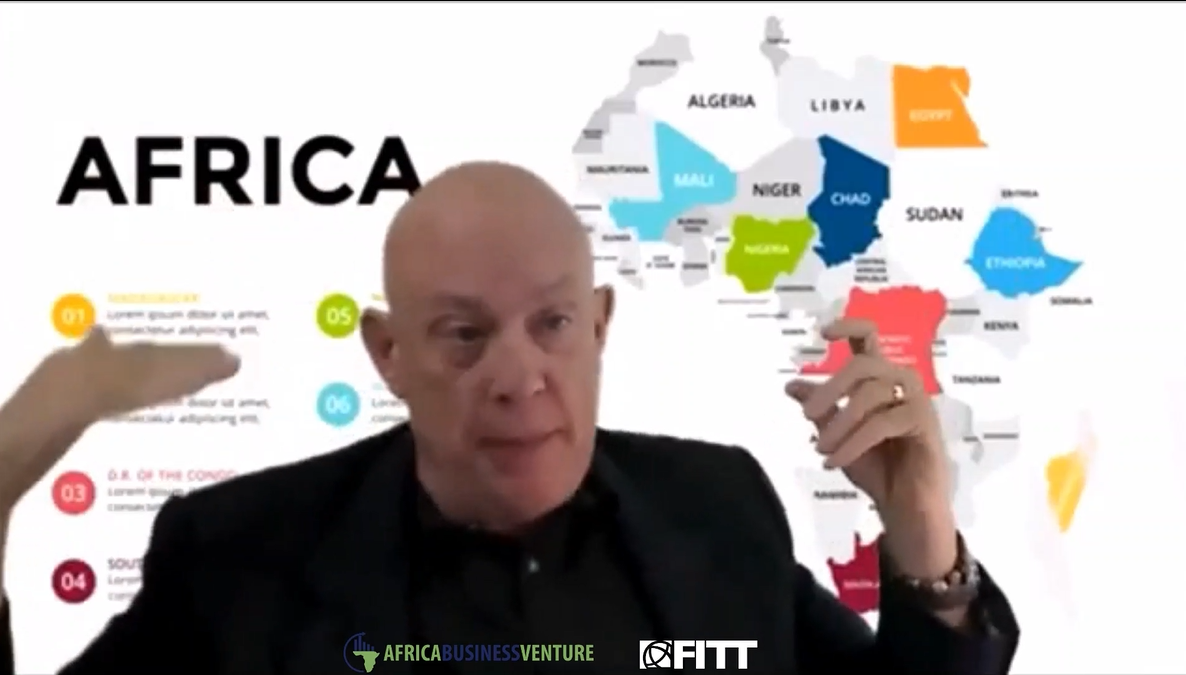 A few months ago, I had a client call me in a panic because he needed to hire someone in China but didn’t have time to spend a few weeks travelling back and forth to sort out the best person for the job. He wanted to know if I could go and spend a few weeks in China taking on this task.
A few months ago, I had a client call me in a panic because he needed to hire someone in China but didn’t have time to spend a few weeks travelling back and forth to sort out the best person for the job. He wanted to know if I could go and spend a few weeks in China taking on this task.
“Well,” I told him, “I could do it but I don’t think it is really necessary.” I reminded him that I just hired a Supply Chain Analyst for him in San Francisco without setting a foot in San Fran.
The recruiting and hiring process is the same for each and every role, and for each and every location. You just have to follow the right steps.
The most important thing to remember during international hiring
Don’t get me wrong, there are a lot of steps when you are hiring internationally. However, the most important thing to remember is that it is essential that you follow the labor and employment laws in that area. It’s also crucial that you have a good understanding of visa sponsorships and regulations, should you be hiring someone to work in a country where they are not a resident.
As an example, should you transfer a current employee who is a U.S. citizen to live and work in this position in China, it is necessary to ensure that the Chinese employment rules are followed, or both you and your employee could find yourself in a very bad position.
If you are a large corporation, chances are that you have an HR representative in each of your major markets who handles your international hiring process from that market.
But, what if you are a startup or a mid-market player finding yourself in growth mode? Increasing your business brings the potential for expansion into new market territory domestically or internationally. What then?
Smaller companies can hire global employees too
Let’s break down the process so you can see that it’s not really that complicated. You want to make an out-of-the-area hire, so what do you do first?
First, the most important step in any hiring process is establishing a solid idea of what you need this person to do; tasks, skills, responsibilities, etc.
Then, you need to decide who else will be involved. Who will they report to, and who else needs to be involved in the hiring process?
If there is more than one person involved in the hiring decision, it’s important to establish that you are all on the same page as to what you are looking for in a candidate.
Sometimes this is an easy task, and sometimes it is necessary to enter in to a mediation-type process like job benchmarking. This is an even more worthwhile exercise if you are hiring outside of your typical market reach, or for a role that is new to your organization.
If you aren’t familiar with job benchmarking, it is a process where the company decision makers agree, in advance, what the job will be, what skills are needed to perform the job, the experience needed to be successful in the role and lastly, an idea of what the perfect person for the job might look like on paper. Then, when everyone is in agreement, you hire to that benchmark.
We help clients hire the correct person using scientific assessments to ensure that we are hiring within the target benchmark. You can find more information on the products and tools available here.
You will also need to do some research to assess salaries for the employment market you plan to target, and decide on an appropriate pay for your new employee. Doing market research on the country where you are planning to hire is the best plan to find a competitive salary range. Searching for similar jobs online should give you an idea of what the job is currently paying. An additional step is to visit the Economic Research Institute where they have a calculator for international salaries.
You want your offer to be on the higher side of the scale and perhaps above the scale for an excellent candidate. Remember that you are depending on this person to be an independent self-starter, and now is not the time to save money which may result in hiring a person who cannot do the job.
Once you have decided on the role, you need to come up with a timeline to search, interview and hire the right person so that they are on board right when you need them to start. If you have an HR team, they need to know what your target hiring schedule looks like.
If you are partnering with an outside, independent recruiter, this is a very important part of the process as they are also working on other positions with other clients. Having a schedule established ahead of time makes for a better experience for everyone, especially if you will be dealing with long distance and multiple times zones.
The most effective way to interview candidates remotely
Now that your schedule is established and you have carved out a target hiring date, you need to determine how you will review and interview this person from across the world.
Perhaps you can start with a phone interview to get a general sense of the person. We use Spark Hire, a video interviewing tool. Our clients choose the interview questions and the candidate tapes themselves answering those questions. Once a candidate sends their videos, we’ll share the video link with the client’s hiring team. This is a useful tool for this process, as it gives you a strong idea of how the candidate presents themselves, and how comfortable they are with technology. Surprisingly, you can also usually tell who prepared their answers and who was comfortable answering from the cuff.
As a next step, Spark Hire has a live interview mode, or you can conduct an online interview via Skype or any other video call service. At this point, you may have an employee in the area who you can task with conducting a face-to-face interview and report back their findings.
Your HR team or your recruiter will also check the candidate’s references, and there are numerous assessments that you can easily administer online which will further indicate their abilities, aptitudes, skills and talents.
Making the final (and best) decision
By now you’ve narrowed the pool of candidates down to those that will be a great fit. If there is one stand-out candidate, fly them in to meet with your core team and use that time to introduce them to your company culture and philosophies.
If there are still two or more candidates, it makes sense for you to travel to meet them in person. Once you’ve made the hire, you may want your new employee to come to visit you after the start in their new role.
Having your new employee visit your established operations is a good way to impart in them your company culture, philosophy and mission. It will also open the doors for communication between the new employee and your established team, which should help with the immediate onboarding. It will help the employee navigate through the new role, office, location, plan, etc.
Depending on your situation, you may still have a lot of questions once you’ve made your hire:
- How do I provide them with benefits?
- What payroll and tax issues do I need to navigate with international employees?
- How do I train employees in other countries?
- What’s the best way to manage employees who are working abroad?
Stay tuned for a future article, where we’ll cover those questions and more, to help you get your new international employees up to speed as quickly as possible.






disqus comments